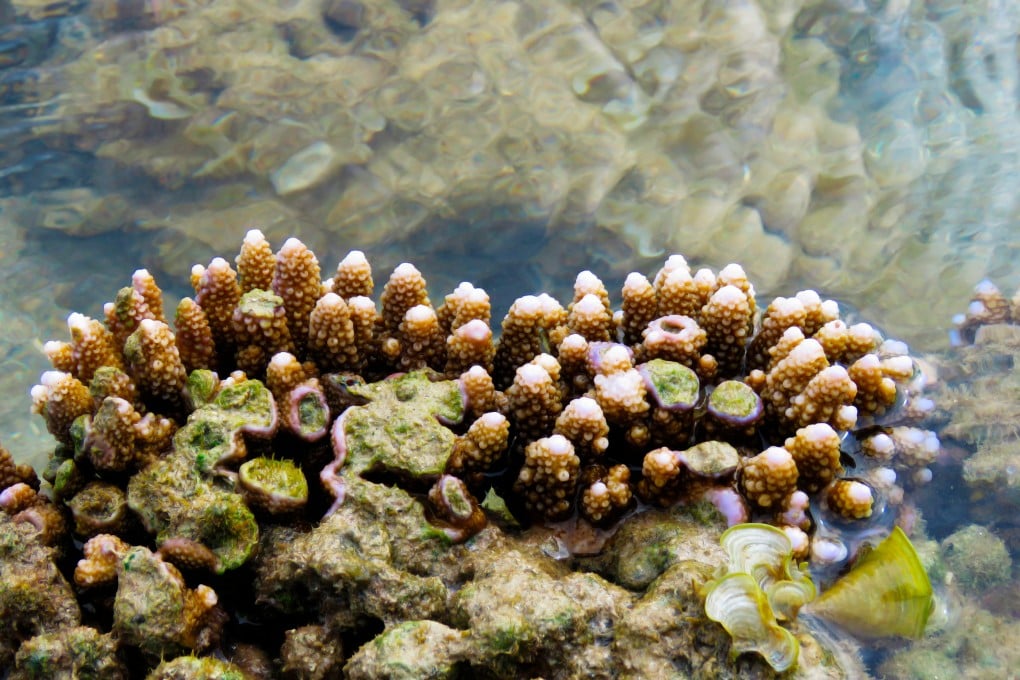Why climate change damages coral and how Indian scientists restock damaged reefs
- India has four major coral reefs and the Gulf of Mannar in the south of the country is home to 117 species of coral
- Global warming and recent heatwaves have damaged the reefs, but a new transplanting method offers hope

With rough serrated edges and riddled with tiny holes, the so-called “floating stone” was wrapped in newspaper. Picked up at a local Hindu temple, it was given to me in exchange for a donation to feed the poor.
These “stones” are sacred in this part of India, and are part of Hindu mythology from the nation’s most famous epic, the Ramayana.
According to the epic, the Hindu god Rama began his arduous journey to Sri Lanka, 40km (25 miles) across the ocean, from the coastal town of Rameshwaram, on Pamban island in the southern Indian state of Tamil Nadu. He was on a mission to track down Ravana, the demon king of the island nation, who had kidnapped his beloved wife, Sita. Rama is believed to have recruited an army of monkeys to help him build a mighty bridge over the sea composed entirely of local porous stones.

The lump of dead coral was an indication of ecological stress, says Dr Edward Patterson, director of the Suganthi Devadason Marine Research Institute in Tuticorin, Tamil Nadu. Ecologically, Pamban Island is in one of India’s most fragile zones and this chunk of coral, casually handed out and called a stone, was just one sign of it.